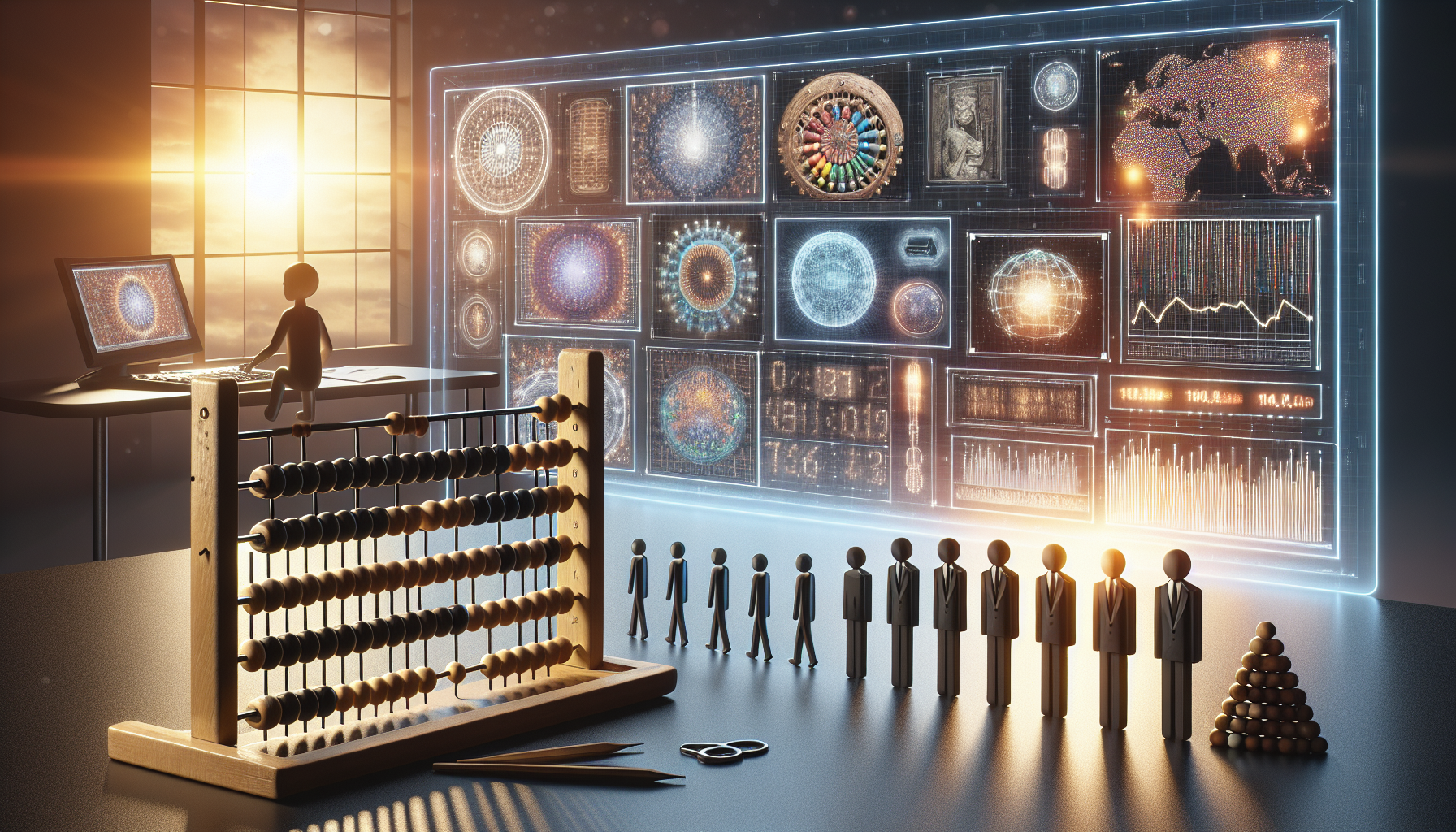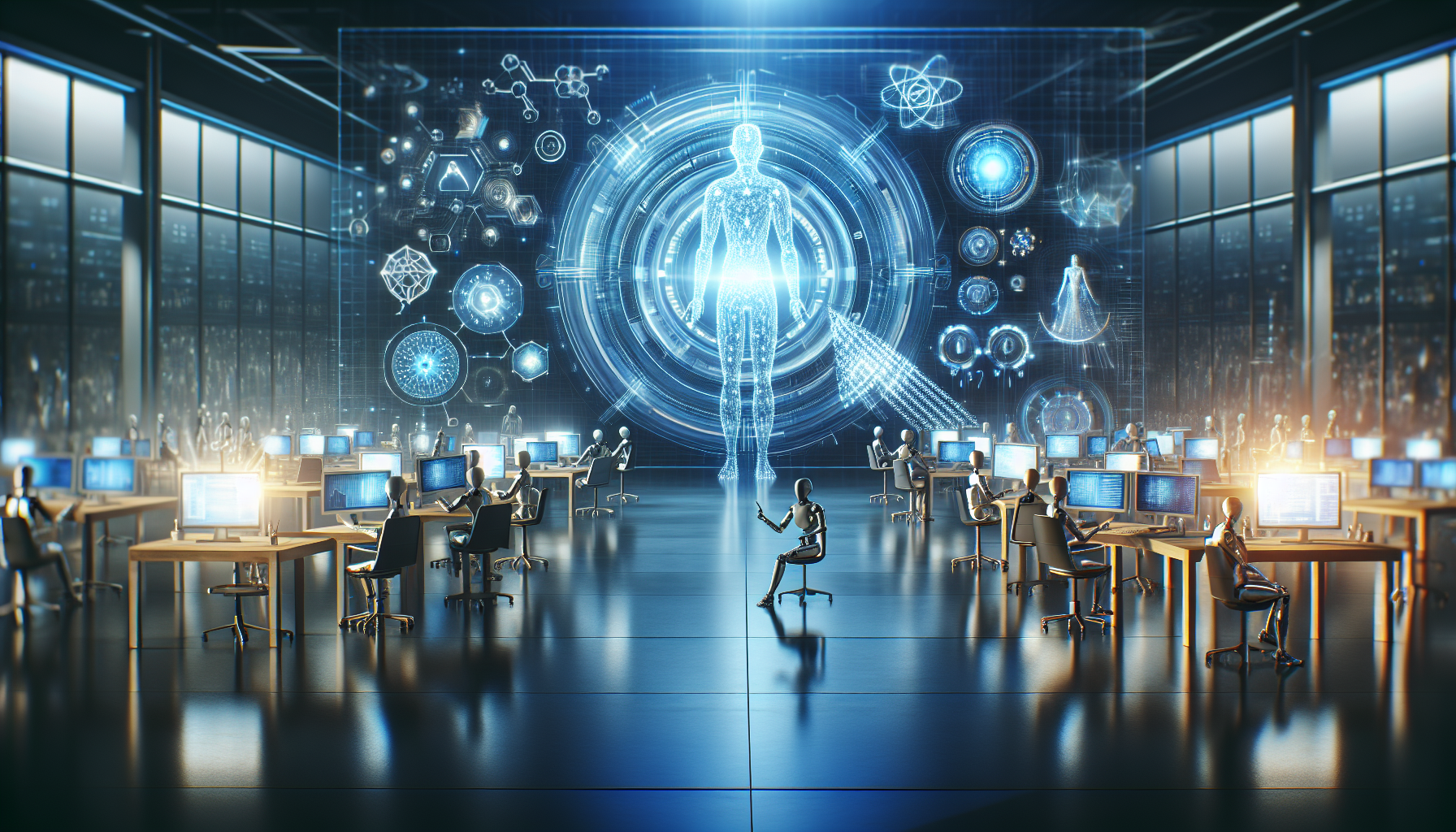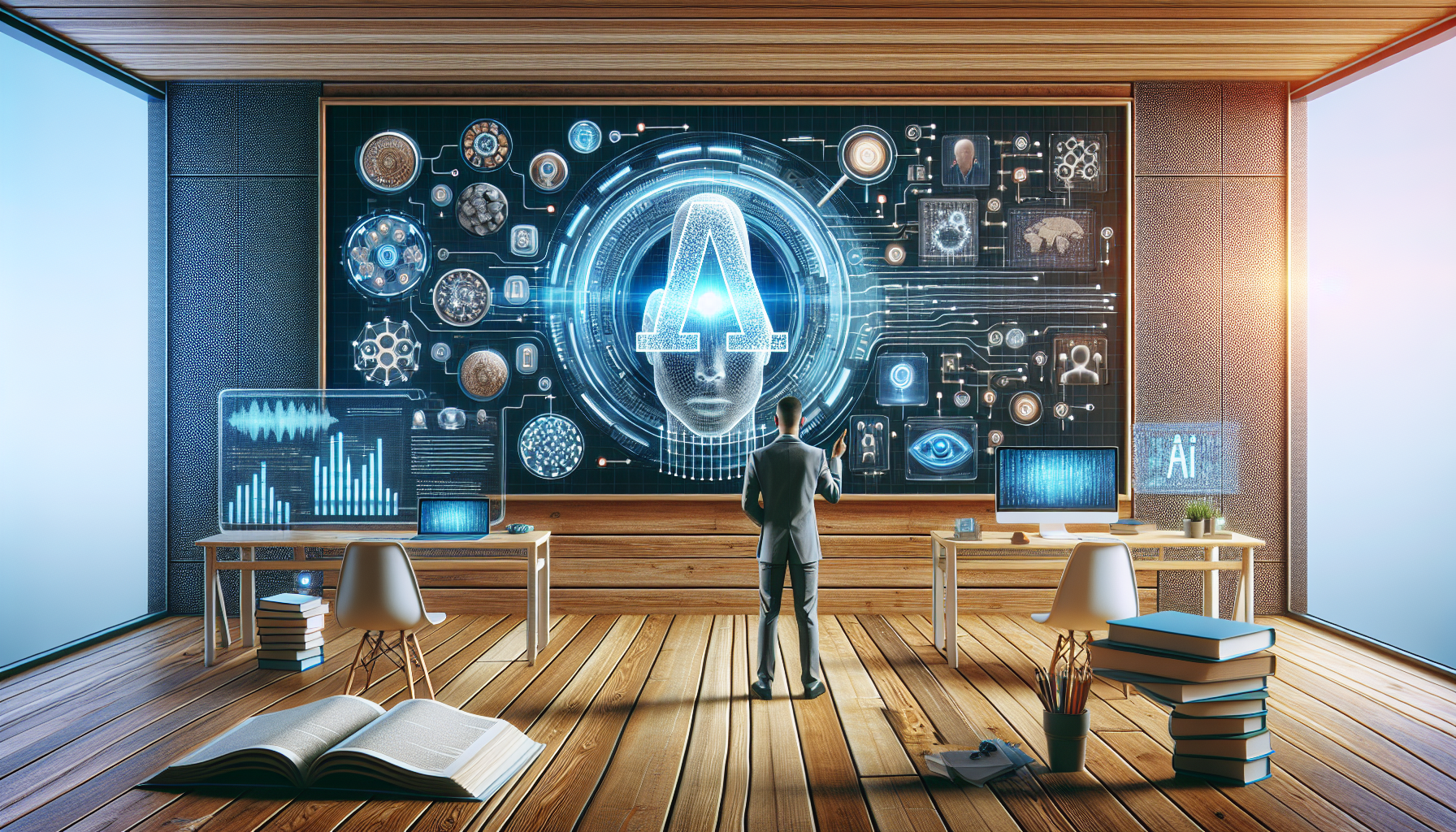
How AI Went from Gibberish to Gibbering: A Hilarious History of Natural Language Processing
November 5, 2025
Once upon a time, in a land not so far away, humans and computers lived in a state of mutual confusion. Humans spoke in a wonderfully chaotic symphony of tones, pauses, and hand gestures, while computers stared blankly, like a tourist without a map. Enter Natural Language Processing (NLP), the knight in shining armor that promised to bridge this linguistic divide.
Picture this: early computer scientists, armed with nothing but punch cards and optimism, trying to teach computers to understand human language. It was like trying to teach a goldfish to play the violin. Despite the odds, these brave souls persisted, marking the start of NLP's long and winding journey.
Initially, computers were like tourists in a foreign country, equipped with a phrasebook but clueless about context. They could handle simple tasks like translating "Hello" to "Bonjour," but throw in a metaphor, and you might as well have asked them to solve a Rubik's Cube blindfolded. Early NLP systems were rule-based, relying on handcrafted grammar rules that were as rigid as a Victorian schoolmaster. If you've ever tried explaining sarcasm to a robot, you'll understand the struggle.
As we delve deeper into this saga, enter the era of statistical models. Imagine NLP as a toddler learning to speak. Instead of memorizing every word, it started recognizing patterns. Computers were fed a steady diet of text, allowing them to predict the likelihood of one word following another. This was a monumental leap, akin to a toddler finally distinguishing between "cat" and "hat"—important distinctions, especially if you're allergic.
The real game-changer came with the advent of machine learning and neural networks. Here, NLP began to hit its stride. Imagine a computer no longer just parroting phrases but actually participating in the conversation. It was like watching a student graduate from reciting Shakespeare to writing their own sonnet. Neural networks, inspired by the human brain, allowed computers to understand context, tone, and even humor—though their jokes still have room for improvement.
Consider the tale of ELIZA, one of the earliest chatbots. ELIZA could hold a conversation, albeit one reminiscent of a therapy session with a particularly unresponsive therapist. If you said, "I'm feeling blue," ELIZA might respond, "Why do you say you're feeling blue?" This was groundbreaking at the time, a testament to the potential of NLP, even if ELIZA's conversational skills were somewhat... mechanical.
Fast forward to today, and NLP has transformed into a sophisticated entity. It's the reason your smartphone can correct your texts, sometimes with hilariously inappropriate suggestions. It's why virtual assistants like Siri and Alexa can understand your requests—most of the time. It’s also why spam filters can discern between "You've won a million dollars!" and "You've won a million problems!"—a life-saver in more ways than one.
But let's not overlook the quirks of NLP. Take, for instance, the phenomenon of autocorrect. It's like having a well-meaning but clueless friend who insists on correcting you at every turn. Text "I'm on my way" and watch in horror as it transforms into "I'm on my whale." Or consider voice recognition software, which occasionally turns "Play my favorite song" into "Play my flavor thong." These hiccups remind us that while NLP has made remarkable strides, it's still a work in progress.
As we chuckle at these missteps, it's worth pondering the broader implications. With NLP advancing rapidly, could we soon see computers participating in debates, delivering stand-up comedy, or even penning novels? Will they understand the nuanced subtleties of human emotions, or will they forever be the digital equivalent of a dog trying to understand calculus?
In this whimsical journey from gibberish to gibbering, NLP has shown us that the quest for understanding is as much about the journey as the destination. It raises a tantalizing question: As machines become more adept at understanding us, how will we adapt to living in a world where our creations can converse, collaborate, and even commiserate with us?
As we continue to explore the depths of NLP, one can't help but wonder what conversations await us in the future. Will our digital companions evolve from mere assistants to trusted confidants, or are they destined to remain the quirky sidekicks in the grand narrative of human communication? The story of NLP is far from over, and the next chapter promises to be as unpredictable and entertaining as the last.


